The project’s primary goal is to create a low-power, open-source GPS handheld that’s inexpensive, easy to build, customize, and use in outdoor settings like hiking or geocaching, using a standard ESP32 with 520KB RAM to demonstrate that a reliable device can be built efficiently with minimal hardware, keeping costs and complexity low.
Background:
Living remotely in the beautiful back country of British Columbia, I am frequently outside exploring trails, hiking, and participating in hobbies like hunting and 4x4ing, which inspired me to create a reliable, portable GPS device aimed at for rugged, outdoor use. I use GaiaGPS (iOS/Android) to discover new trails from already familiar places, so I wanted a device to show me how to navigate home for when I wanted to just walk into the woods.
Secondarily to that, I use a ballistics calculator app to determine distances based on lat/long and would much prefer a dedicated device (laser range finders are expensive).
Features:
Currently the device can:
- Retrieve GPS coordinates and display to the user
- Calculate distance in meters between two coordinates
- Display a vector map, displaying land and water features
- Menu-driven settings allow a user to change display settings, and enable/disable low power mod
Future Plans:
This project is currently built with an ESP32 on a breadboard with plans to design a 3D printed enclosure, which includes a solar panel to charge a 18650 battery.
 Easton
Easton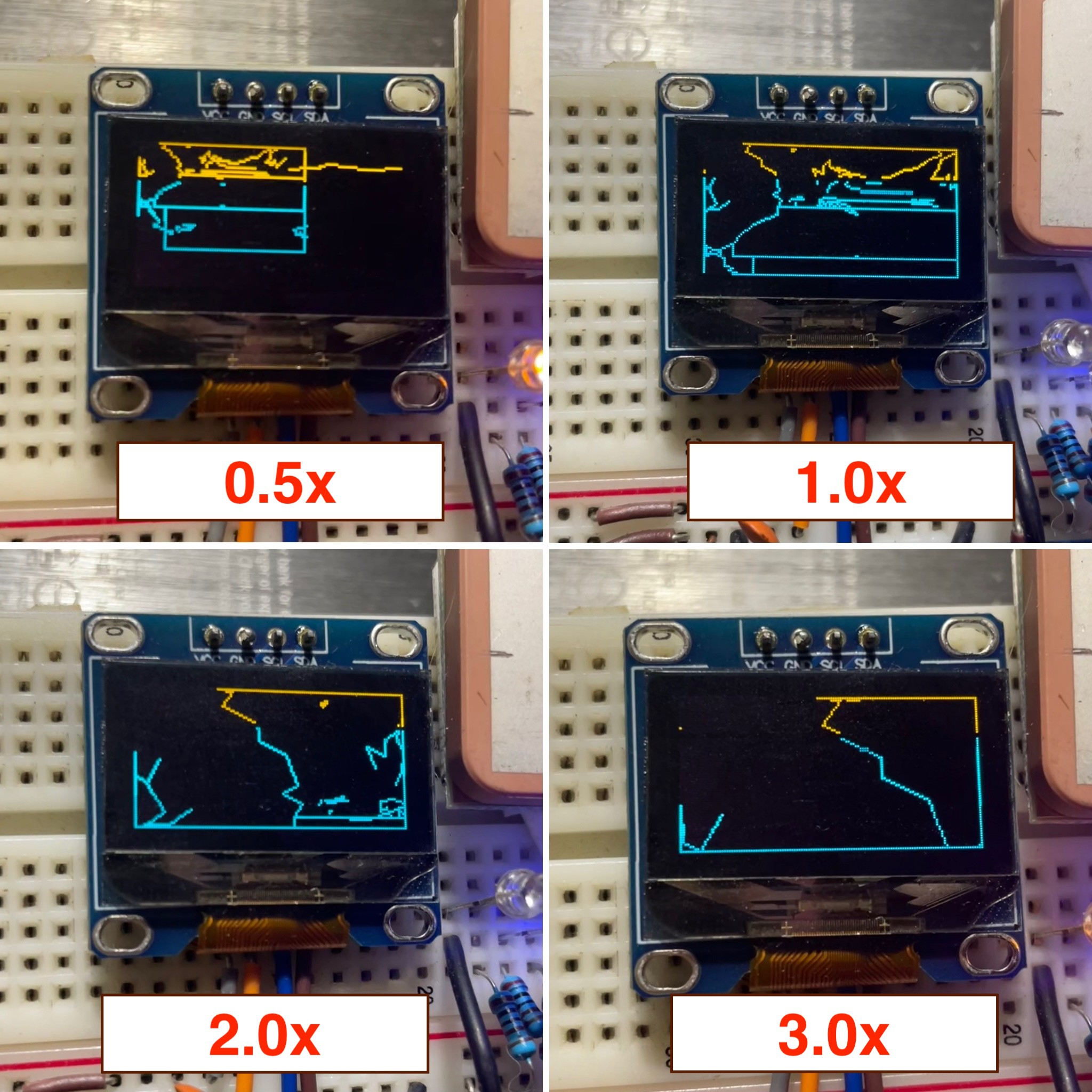
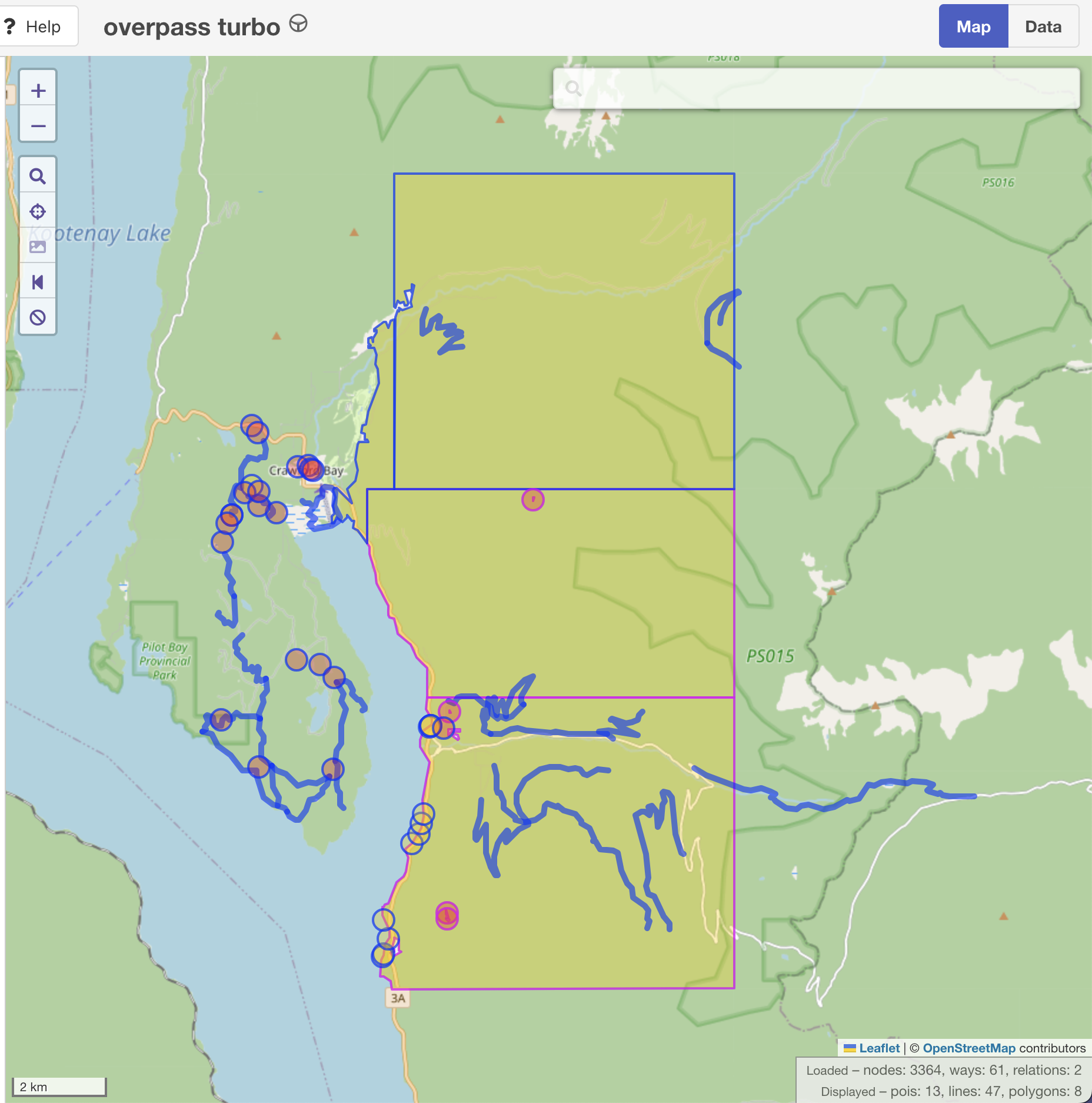
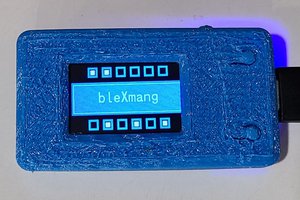
 WJCarpenter
WJCarpenter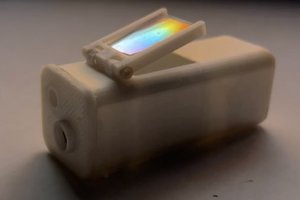
 Nguyễn Minh HIỂN
Nguyễn Minh HIỂN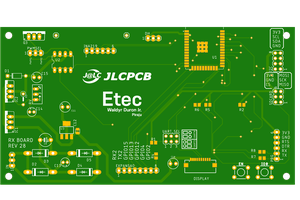
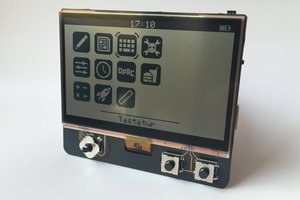
 Max.K
Max.K